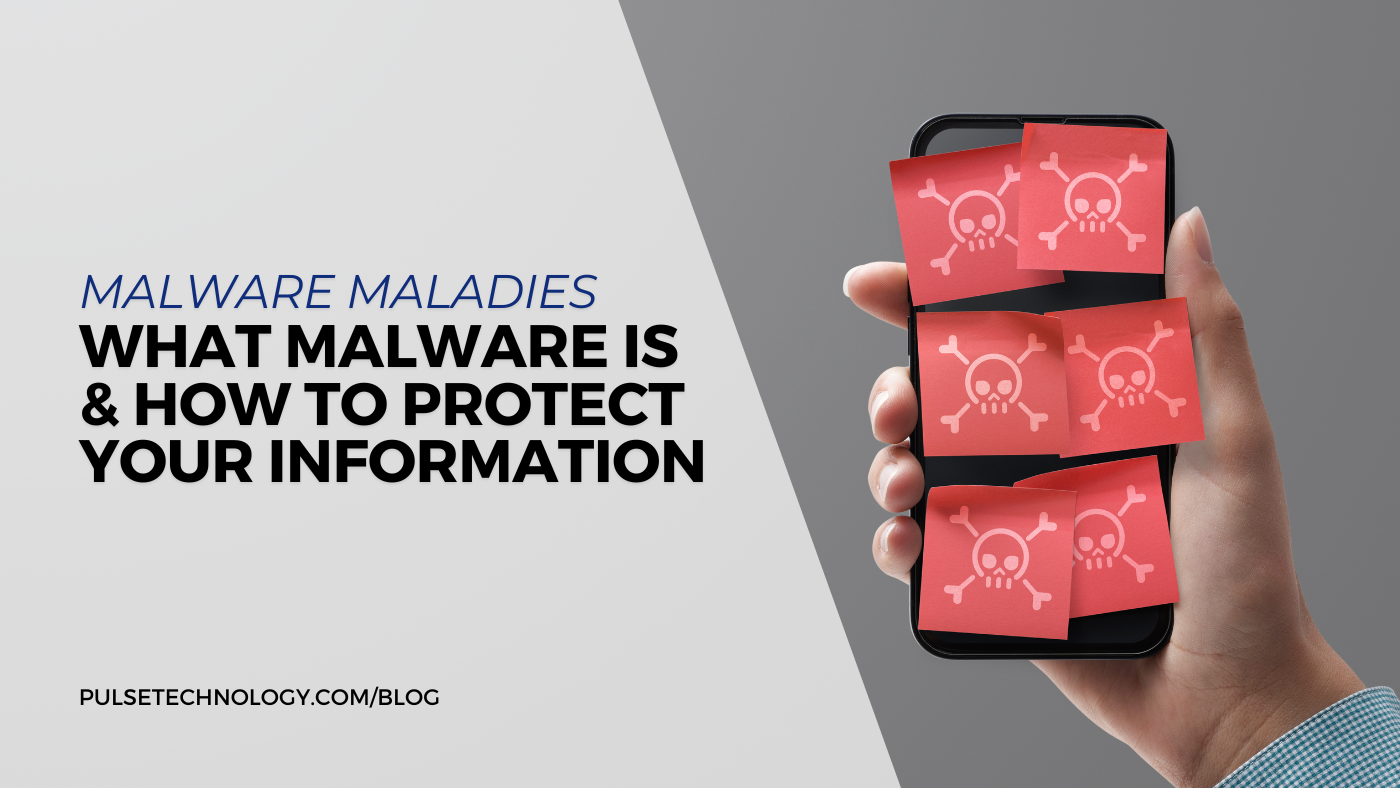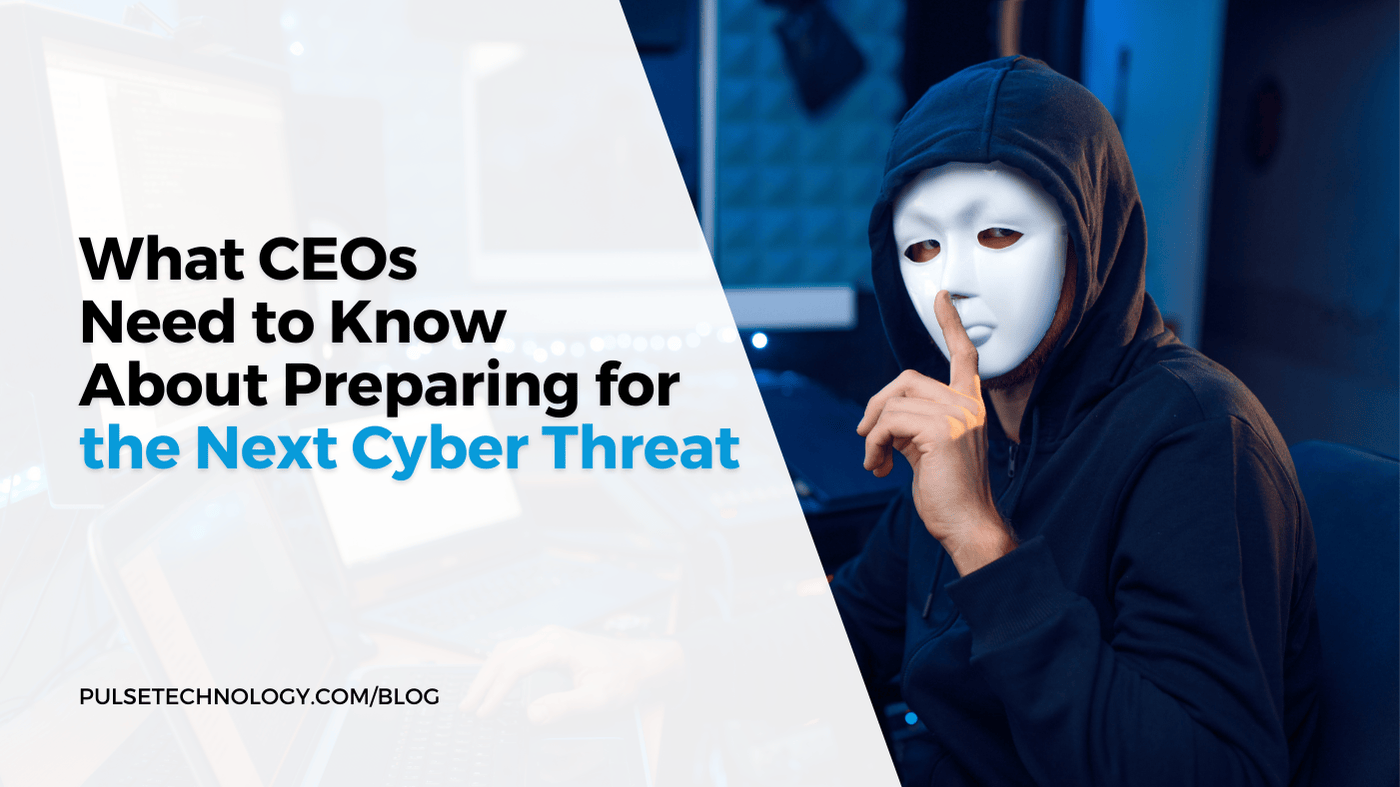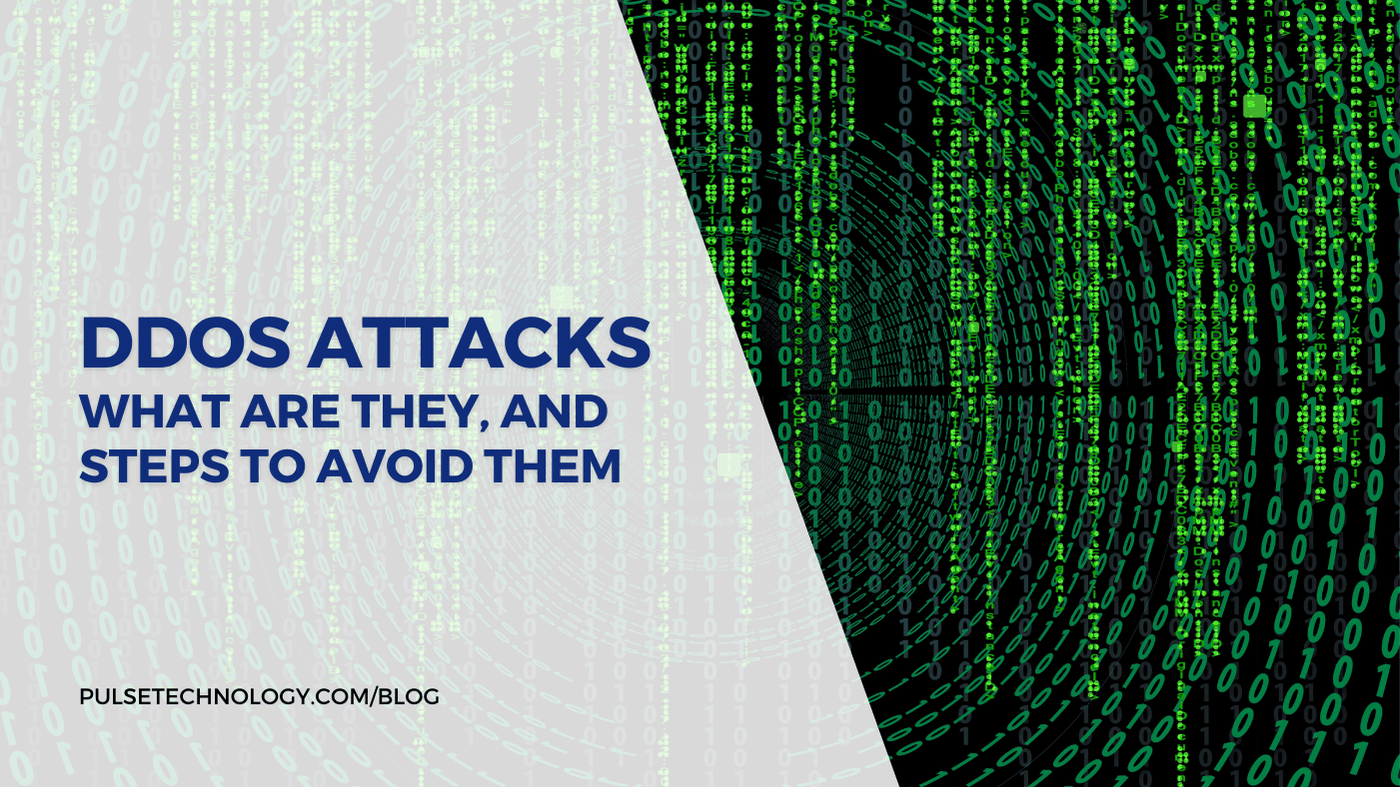Cyberattacks Come in Many Forms
The number of small businesses reporting cyberattacks has reportedly increased annually in recent years and no wonder. Cybercriminals are crafty, relentless, and will take advantage of any “weak link” in a security system in order to gain access to valuable information, prevent a business from conducting work, or even worse, shutting down a business completely.
Types of Cyber Attacks
Cyberattacks are no longer limited to password hacking. There’s an entire laundry list of attacks business owners should be aware of. Some of the types of cyber attacks include:
Advanced persistent threats (APTs) are long-term targeted attacks where hackers break into a network in a number of phases to avoid detection. Once in, they can establish a foothold on the system and even if a breach is detected and repaired, the hackers have already found other routes into the system making them able to wreak further havoc.
DDoS (distributed denial of service) occurs when a server is intentionally overloaded with requests until it shuts down the target website or network system.
SQL (structured query language) injection attack on a server opens up sensitive information to hackers, allowing them to modify important databases, download files and manipulate network devices. For the uninitiated, SQL is a standardized Internet coding language that can be infected with malicious code by cyber criminals.
Zero-day attacks occur when attackers discover the unknown flaws that lie in a system’s software; they can go undiscovered for months or years before detected and repaired.
A few more well-known types of cyberattacks include:
Inside attacks, which happens when someone with administrative privileges intentionally gains access to confidential data without permission.
Malware also known as malicious software is any program introduced into a target’s computer with the intent to cause damage or gain unauthorized access. Viruses, worms, trojans, are all examples of malware.
Phishing is a common cybertheft method that occurs when sensitive information is gained (like log-in credentials, credit card or social security card numbers) via a legitimate looking website that is anything but legitimate. Phishing is carried out through email.
Ransomware infects a computer with malware and then demands a ransom in exchange for access and recovery.
Next time, we’ll look at ways to help prevent your business from falling prey to cyberattacks with proper cybersecurity.
Learn more by emailing us: info@pulsetechnology.com



